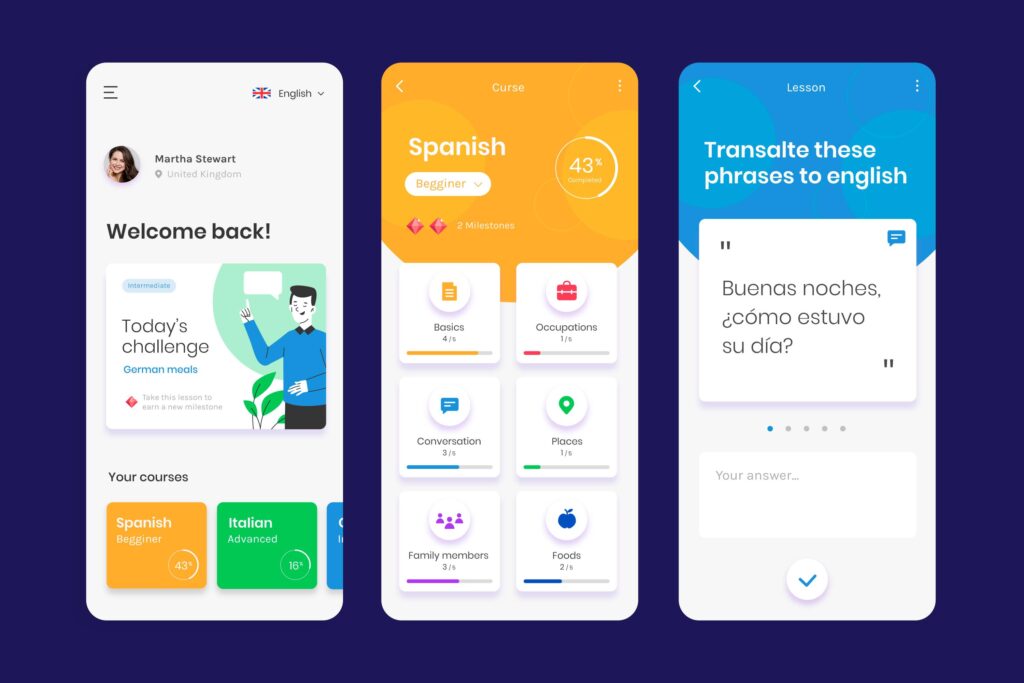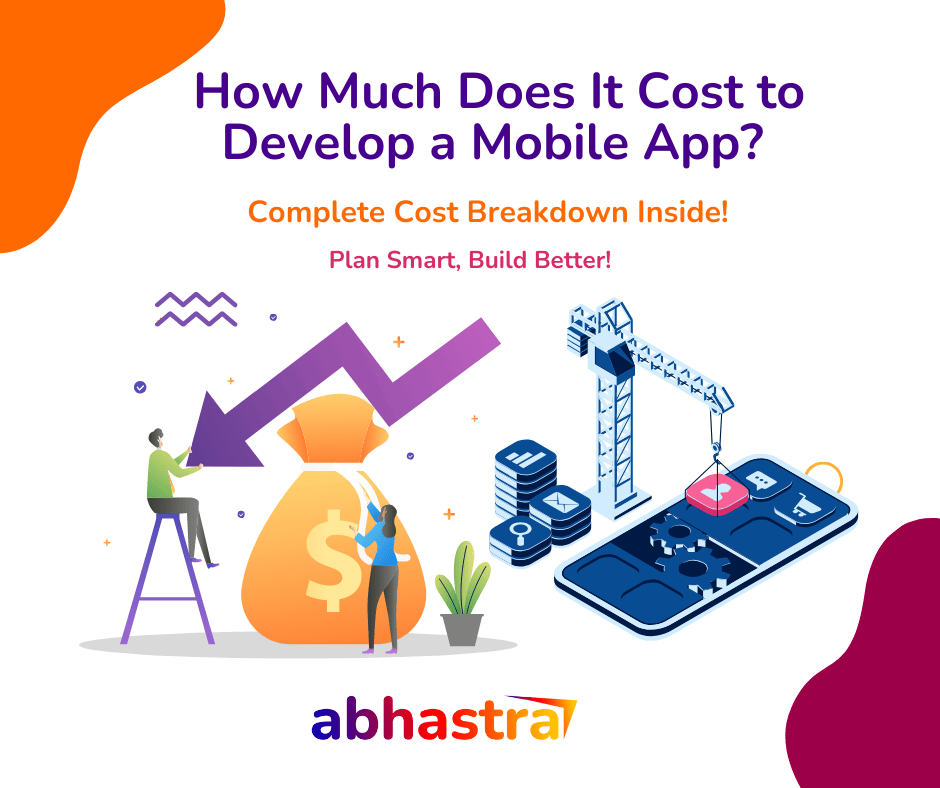There are several factors that contribute to a good Android user interface (UI), including:
Consistency: The UI should be consistent throughout the app, using a consistent design language and visual style. This makes it easier for users to navigate the app and understand how to interact with it.
Intuitiveness: The UI should be intuitive and easy to use, with clear labels and recognizable icons that help users understand what each function does.
Responsiveness: The UI should be responsive and provide immediate feedback to user actions. This can be achieved through animation and other visual effects that make the app feel more dynamic and interactive.
Accessibility: The UI should be accessible to users with disabilities, such as providing text-to-speech functionality, color contrast options, and support for assistive technologies.
Performance: The UI should be fast and efficient, with smooth transitions and quick load times. This can be achieved through efficient coding practices and optimization techniques.
Aesthetics: The UI should be visually appealing and reflect the brand’s overall style and tone. This can be achieved through the use of color, typography, and other design elements.
Flexibility: The UI should be flexible enough to adapt to different screen sizes and device types, including both smartphones and tablets.
Overall, a good Android UI should prioritize user experience, ease of use, and accessibility while also reflecting the brand’s overall aesthetic and design language.





